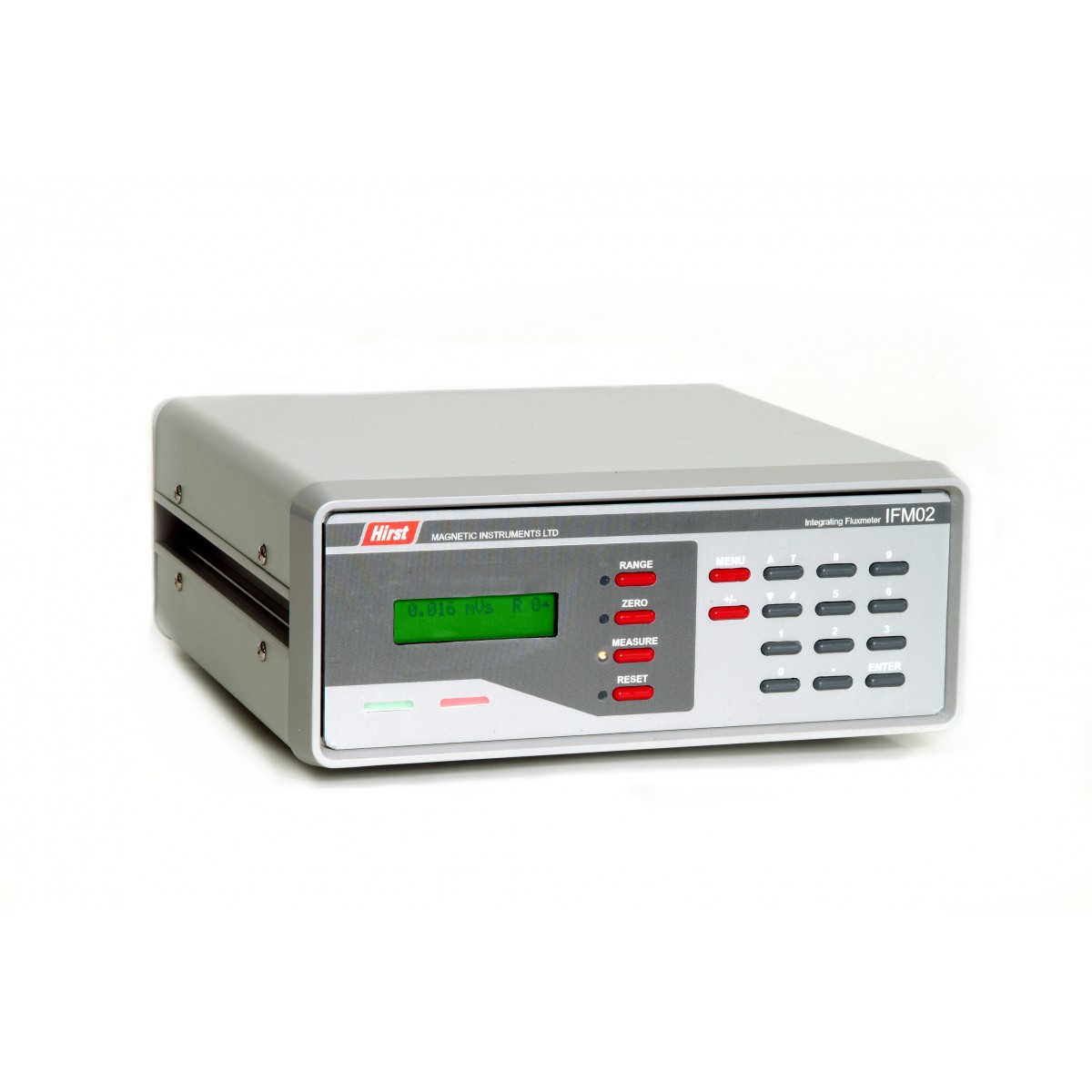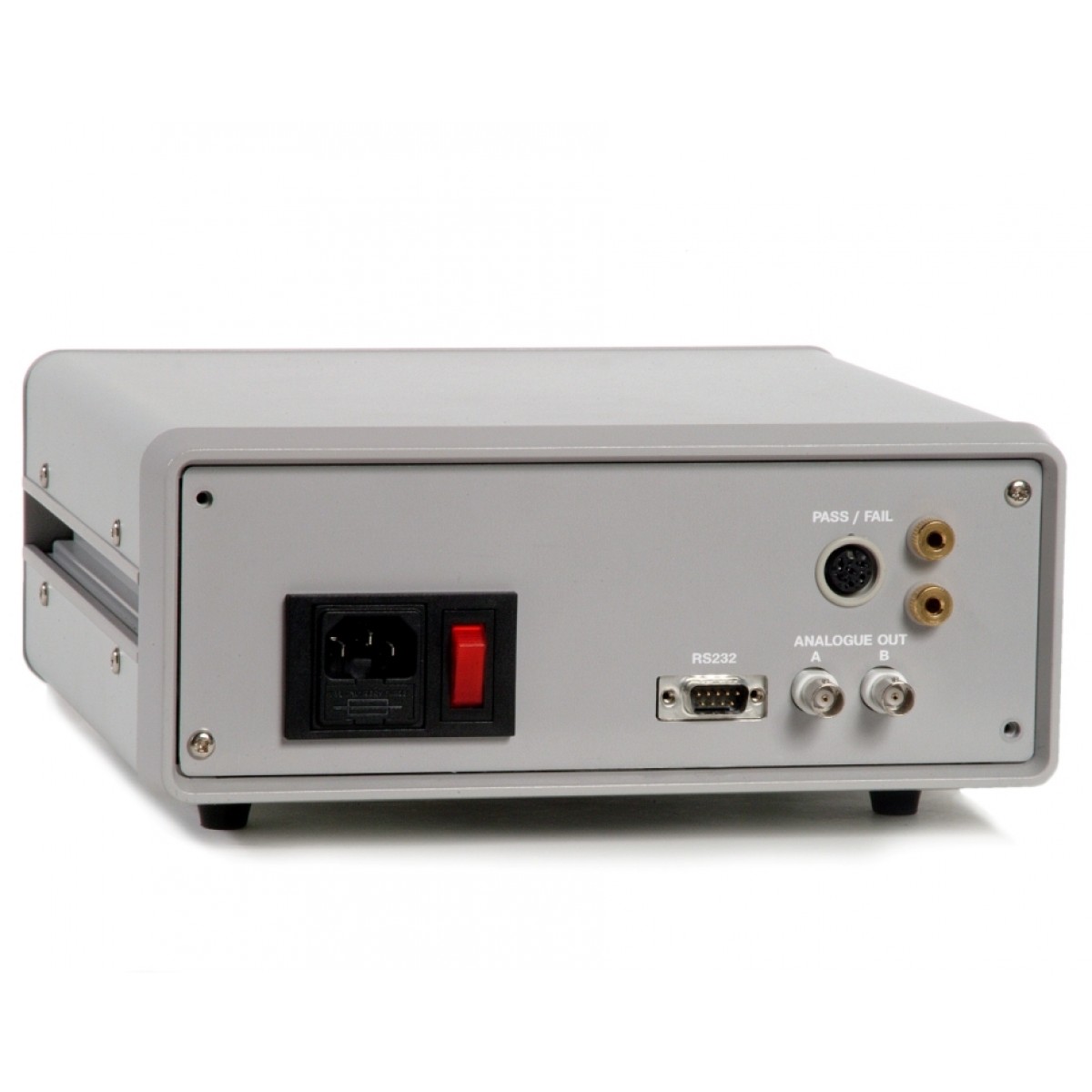Its reliability, precision, low weight and long autonomy make this the most widely used instrument for monitoring CO2 emissions both on volcanoes and in geothermal areas. In its basic version, it is equipped with an LI-820 carbon dioxide detector and offers space for optional hydrogen sulphide and hydrocarbons detectors. The instrument includes an accumulation chamber, a PDA, a backpack and a robust container for shipping and transportation.
Electronic Fluxmeter or Magnetic Flux Meter measures magnetic flux cut a search coil and is widely used for general magnetic measurements such as magnetising force of permanent magnets. Flux of magnetic circuits in various type of electrical equipments, stay flux detection end voltage integration. Fluxmeter FG16 The FG16 is a modular device to measure magnetic values. The 4 available slots can be equipped with plug-in units for fluxmeters, gaussmeters and fluxgates in any combination. An instrument for measuring magnetic flux, consisting essentially of a ballistic galvanometer.
As per Faradays law of induction, this voltage is the differential of the magnetic flux that passed through the search coil. By feeding this voltage into an integrating fluxmeter, the integration process removes the differential (of the search coil) resulting in the fluxmeter. F.luxometer shows how screens make light and predicts how the light affects your body.
This more advanced version of the fluxmeter makes it possible to measure fluxes of methane and, optionally, VOC in addition to carbon dioxide and hydrogen sulphide. The instrument includes an accumulation chamber, a PDA, a backpack and a robust container for shipping and transportation. The instrument can be used in all fields, including assessment of biogas emissions from MSW landfills and assessment of methane and carbon dioxide emissions in studies on the global carbon cycle. The possibility of measuring VOC emissions also makes it possible to carry out assessments on contaminated industrial sites.
Its low weight and extreme compactness make the Scout meter the ideal instrument for the preliminary assessment of CO2 emissions in all areas of application. The detector, battery and electronic components are integrated into the accumulation chamber, resulting in a system of reduced size and weight. The quality of the detector used makes it possible to carry out measurements in a wide dynamic flux range with excellent precision. Its low cost makes it the most suitable instrument for training.

The assessment of health and environmental risk in environments contaminated by toxic or carcinogen volatile substances, such as chloromethane, dichloromethane, chloroethene (VCM), requires the estimate of the actual rate of introduction of these substances into the atmosphere. Traditionally, these measurements are carried out using the Flux Chamber methodology developed by EPA. The method, which uses a dynamic chamber with an imposed flux of ultra-pure nitrogen, requires a rather long stabilization and measurement time, from 3 to 7 hours in the most common cases. The large spatial variability of emissions, verified by us and ISPRA (Gruppo di Lavoro 9bis ), requires to carry out preliminary emissivity measurements in order to identify an actually representative point where the measurement can be carried out with the Flux Chamber.



Fluxmeter
The VOC-Scout allows to quantitatively evaluate the emission rate of the volatile organic compounds in less than 8 minutes and then to map the spatial variations of the emissions of an area.
